On April 25, Taichung residents can, if they’re so inclined, celebrate the first anniversary of the opening of the city’s metro system.
Taichung Mass Rapid Transit Corp’s Green Line — which is currently the system’s only line — connects 18 stations over a distance of 16.71km, serving the districts of Wuri (烏日), South (南), Nantun (南屯), Situn (西屯), North (北) and Beitun (北屯).
The southernmost station may be just a few minutes walk from Taichung High-Speed Railway Station, but the Green Line isn’t especially convenient for travelers who fly in, or for those who arrive by conventional express at Taichung’s main TRA station. Even so, tourists hoping to take in some of the city’s attractions will find it offers a speedy, inexpensive and environmentally friendly way of getting around.
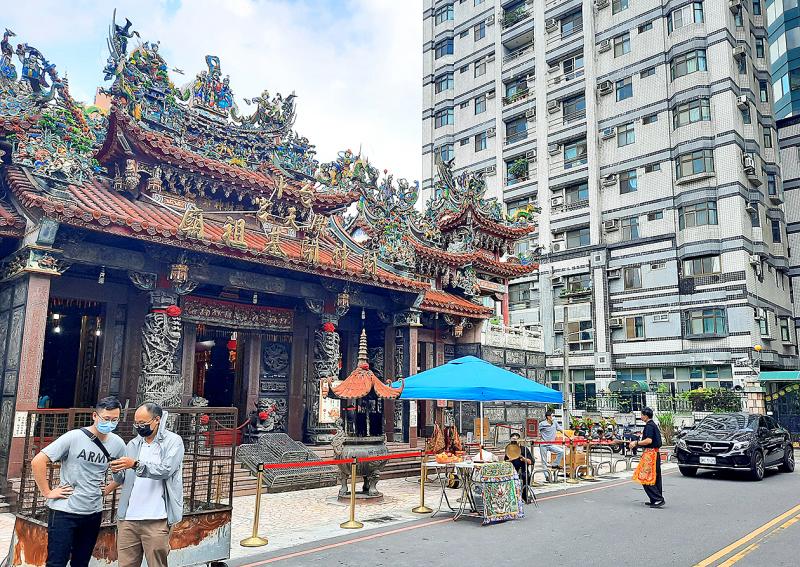
Photo: Steven Crook
That the metro was optimized for commuters and residents, not sightseers, is obvious from the sound insulation walls on both sides of the tracks. They’re not entirely transparent. For passengers trying to view the city’s skyline, it’s a bit like looking through murky glass. In this sense, the northern section of Kaohsiung Metro’s Red Line offers a far more scenic experience.
Nevertheless, because almost the entire Green Line is elevated, it’s possible to get an idea of the sprawl that is 21st-century Taichung. What’s more, if you’re used to the Taipei metro, you’ll find Taichung’s trains and stations delightfully uncrowded. Each train has two cars and a total capacity of 536 people — but, in the half dozen times I’ve ridden the Taichung metro, I don’t think I’ve seen more than about 80 passengers on board at any one occasion.
On a recent spring morning, I kicked off my metro tour of Taichung by riding the Green Line from the high-speed station to Taichung City Hall Station (市政府站).
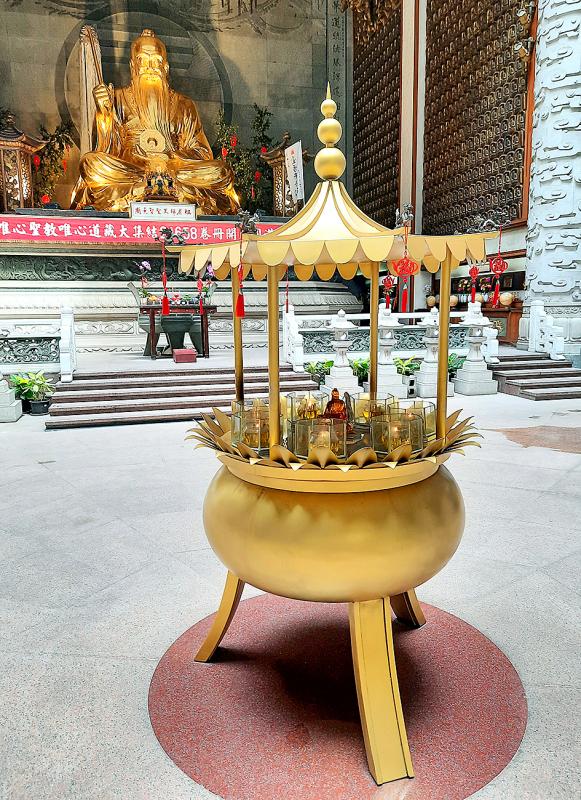
Photo: Steven Crook
I wasn’t interested in the buildings where bureaucrats work, but in a newish landmark 1.2km from the station.
National Taichung Theater (台中國家歌劇院), designed by Toyo Ito, the Japanese architect who won the 2013 Pritzker Prize, is certainly distinctive, yet I’m not sure I’d call it beautiful. Anyone interested in an hour-long English-language guided tour of the complex (NT$120 per person) should visit www.npac-ntt.org (Chinese and English) for booking details.
Two thirds of the walk between the station and the theater goes through parkland. And when I reached Huizhong Road Section 1 (惠中路一段), I noticed a larger-than-usual Earth God shrine, shaded by a giant banyan tree.
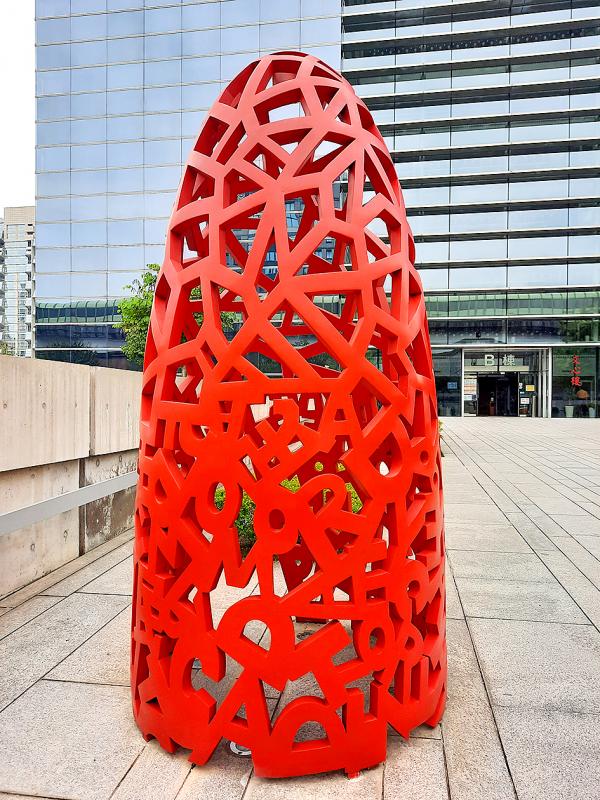
Photo: Steven Crook
Judging by some of the vehicles in its parking lot, Hueilai Borough Earth God Hall (惠來里福德祠) enjoys the support of wealthy patrons. It’s an islet of tradition in one of the city’s sleekest neighborhoods, and a great spot to sit awhile if your feet are getting tired.
Back on the Green Line, I rode northeast to Sihwei Elementary School Station (四維國小站) to check out a pair of historic sites.
Jishan Gatehouse (積善樓), a quaint little structure less than 300m south of the station, was built in 1924, not for defense, but to enhance the geomancy of a merchant’s home. Not only does it seem that it worked — the Lai (賴) family did very well for themselves during the 1895-1945 period of Japanese rule — but it’s outlasted the original abode.

Photo: Steven Crook
From the gatehouse I walked south roughly 400m to Yide Mansion (一德洋樓). The man who commissioned the two main buildings here in the mid-1920s was related by marriage to the Lai clan, and at least as prosperous.
There’s a two-story Western-style house close to a substantially bigger single-floor residence. The latter blends Chinese, Japanese and Western architectural elements such as arcades, curved arches, keystones and columns. It’s possible to go inside both buildings. Some appealing photos and items of furniture are on display.
I spent the better part of an hour at Yide Mansion before hoofing it back to Sihwei Elementary School Station. If you’re in this neighborhood, consider also visiting Guangtian Temple (廣天宮), a five-minute walk from the station. The temple is best known as a venue for car-blessing rites and wealth-seeking rites.
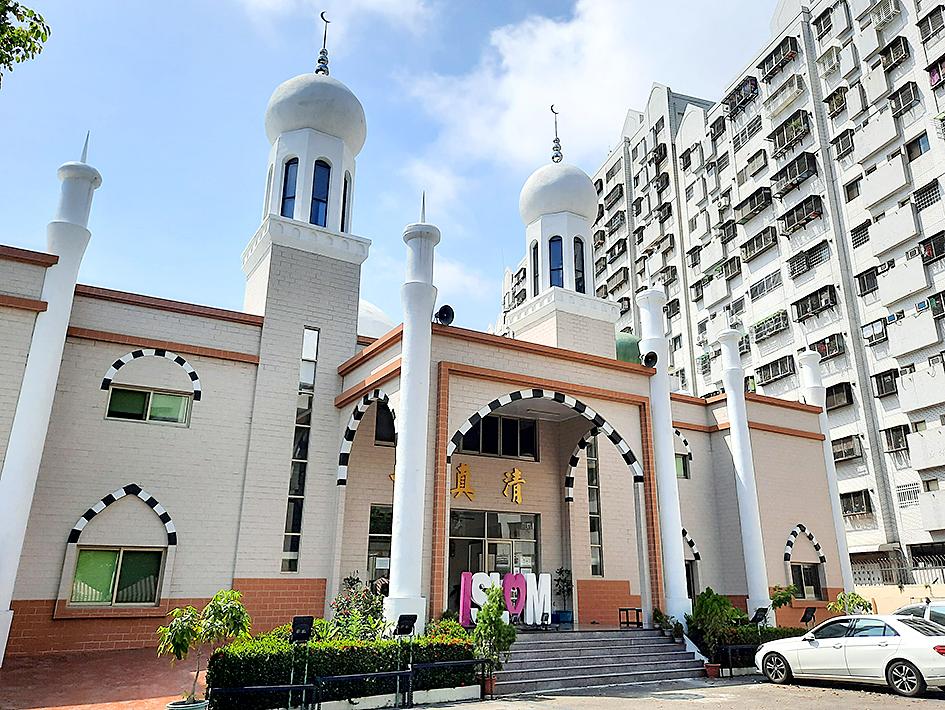
Photo: Steven Crook
It was too early in the day to visit Sinyidian Dusk Market (新一點利黃昏市場) — few of its snack vendors and eateries open before 3pm — so, instead of walking north, I rode the metro southward to Nantun Station (南屯站).
From there, I strolled 750m to Taichung Masjid (台中清真寺), the construction of which was part-financed by Saudi Arabia in the late 1980s. The mosque’s design is relatively simple, yet obviously Islamic. I didn’t know until I got there that non-worshipers can arrange group tours on Tuesdays, Wednesdays and Thursdays by calling: (04) 2473-2519.
Turning from Dadun South Road (大墩南路) onto Wensin South Second Road (文心南二路), I immediately spotted a building that was larger than the mosque, and somewhat Middle Eastern in appearance. A little further along the road, there was another. Between them, children were dashing around a basketball court.
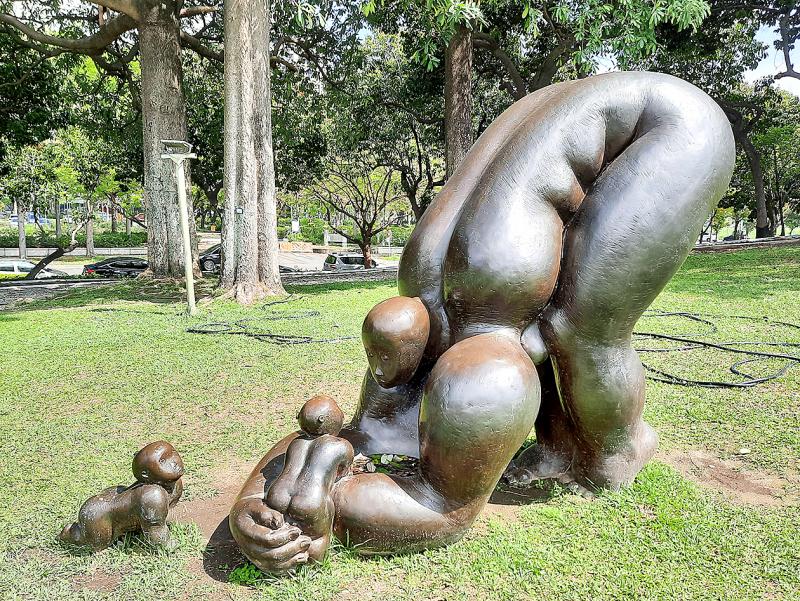
Photo: Steven Crook
The domes, arches and crenelated parapets convinced me that I was looking at a Muslim institution. So it was quite a surprise to discover that the buildings are part of Taichung Municipal Yongchun Elementary School (台中市永春國小).
According to Chinese-language media reports, the “Mesopotamian castle” style of the campus has nothing to do with the nearby mosque. Architect Wu Cheng-hung (吳承鴻) came up with three very different proposals, and his Arabian Nights-themed concept proved the most popular when members of the public were invited to give their opinions.
On the way to my final stop, I stopped to investigate a religious edifice that looks more like the headquarters of a listed company than a place of worship.
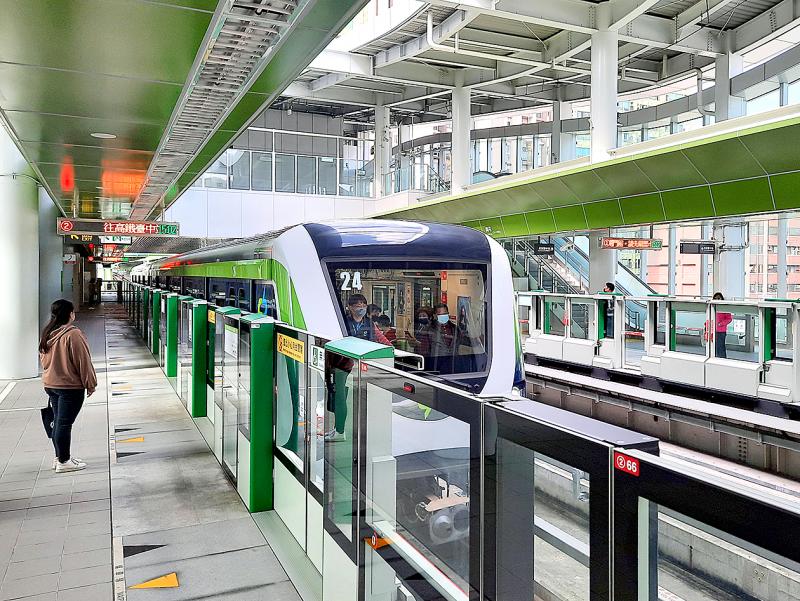
Photo: Steven Crook
Taichung Daochang (台中道場) at 106 Wensin South Road (文心南路) is affiliated with Chan Chi Shan Hsien Fo Temple (禪機山仙佛寺), a shrine in Nantou County that was founded by a fengshui master in the late 1980s.
Unlike a conventional temple with three doorways at its front, Taichung Daochang has just a single street-level entrance. Through it, I could see a shiny gold-colored statue of a Chinese god.
Stepping inside, I found myself in a grand atrium. There was a censer in which candles (rather than sticks of incense) burned, some offerings of fruit, and a few desks staffed by volunteers. But, compared to the vast majority of Taiwanese temples, the place seemed austere.
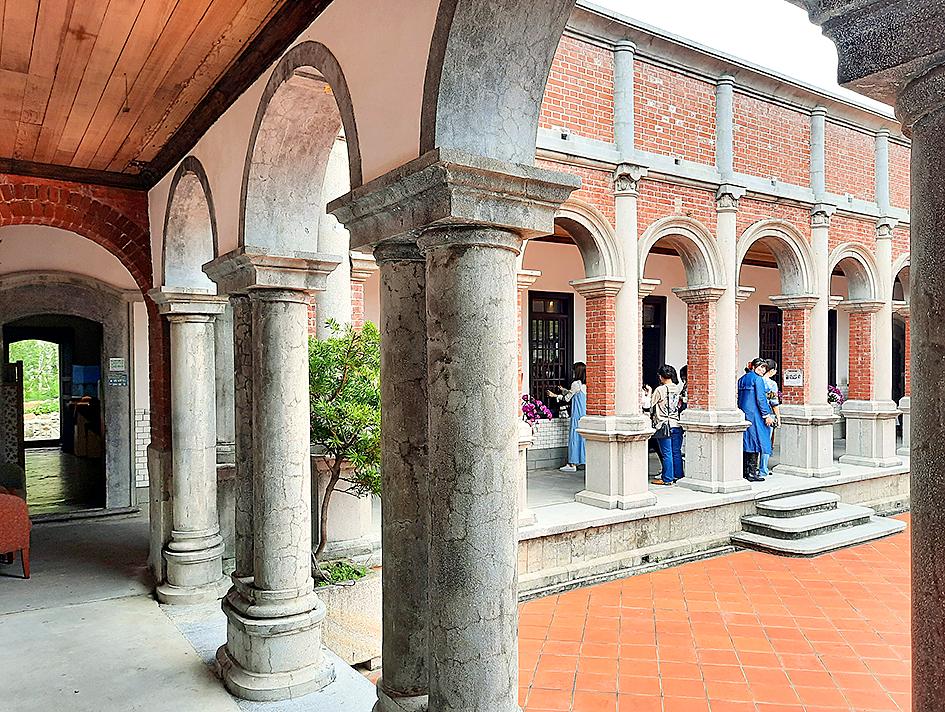
Photo: Steven Crook
Fengle Sculpture Park (豐樂雕塑公園), by contrast, is entirely secular and somewhat eccentric.
The bronze and stone sculptures that dot this delightful green space, 300m from Fengle Park Station (豐樂公園站), are often described as “whimsical.” There’s no pretense that they’re making serious statements. But what with the war abroad and the virus at home, that’s exactly what many people want.
Steven Crook has been writing about travel, culture and business in Taiwan since 1996. He is the author of Taiwan: The Bradt Travel Guide and co-author of A Culinary History of Taipei: Beyond Pork and Ponlai.

Photo: Steven Crook

The low voter turnout for the referendum on Aug. 23 shows that many Taiwanese are apathetic about nuclear energy, but there are long-term energy stakes involved that the public needs to grasp Taiwan faces an energy trilemma: soaring AI-driven demand, pressure to cut carbon and reliance on fragile fuel imports. But the nuclear referendum on Aug. 23 showed how little this registered with voters, many of whom neither see the long game nor grasp the stakes. Volunteer referendum worker Vivian Chen (陳薇安) put it bluntly: “I’ve seen many people asking what they’re voting for when they arrive to vote. They cast their vote without even doing any research.” Imagine Taiwanese voters invited to a poker table. The bet looked simple — yes or no — yet most never showed. More than two-thirds of those

In the run-up to the referendum on re-opening Pingtung County’s Ma-anshan Nuclear Power Plant last month, the media inundated us with explainers. A favorite factoid of the international media, endlessly recycled, was that Taiwan has no energy reserves for a blockade, thus necessitating re-opening the nuclear plants. As presented by the Chinese-language CommonWealth Magazine, it runs: “According to the US Department of Commerce International Trade Administration, 97.73 percent of Taiwan’s energy is imported, and estimates are that Taiwan has only 11 days of reserves available in the event of a blockade.” This factoid is not an outright lie — that

Former Chinese Nationalist Party (KMT) chairwoman Hung Hsiu-chu’s (洪秀柱) attendance at the Chinese Communist Party’s (CPP) “Chinese People’s War of Resistance Against Japanese Aggression and the World Anti-Fascist War” parade in Beijing is infuriating, embarrassing and insulting to nearly everyone in Taiwan, and Taiwan’s friends and allies. She is also ripping off bandages and pouring salt into old wounds. In the process she managed to tie both the KMT and the Democratic Progressive Party (DPP) into uncomfortable knots. The KMT continues to honor their heroic fighters, who defended China against the invading Japanese Empire, which inflicted unimaginable horrors on the
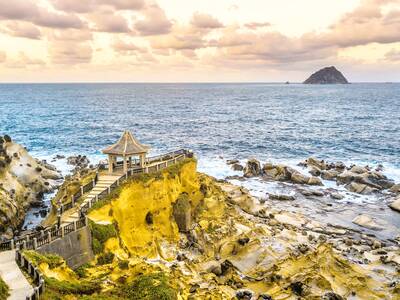
Sitting on a bus bound for Heping Island (和平島), at the start of my first visit to Keelung in years, I was hell-bent on visiting a place of considerable historical interest, even though I knew that it wasn’t officially open to the public. In 2011, archaeologists working in the densely populated southern half of the island unearthed the foundations of the Convento de Todos los Santos (Convent of All Saints, 諸聖教堂), a Catholic house of worship established during Spain’s 1624-1642 occupation of northern Taiwan. I’d heard about its rediscovery a while ago, but it wasn’t until I read a scholarly